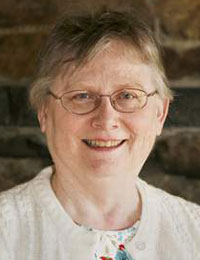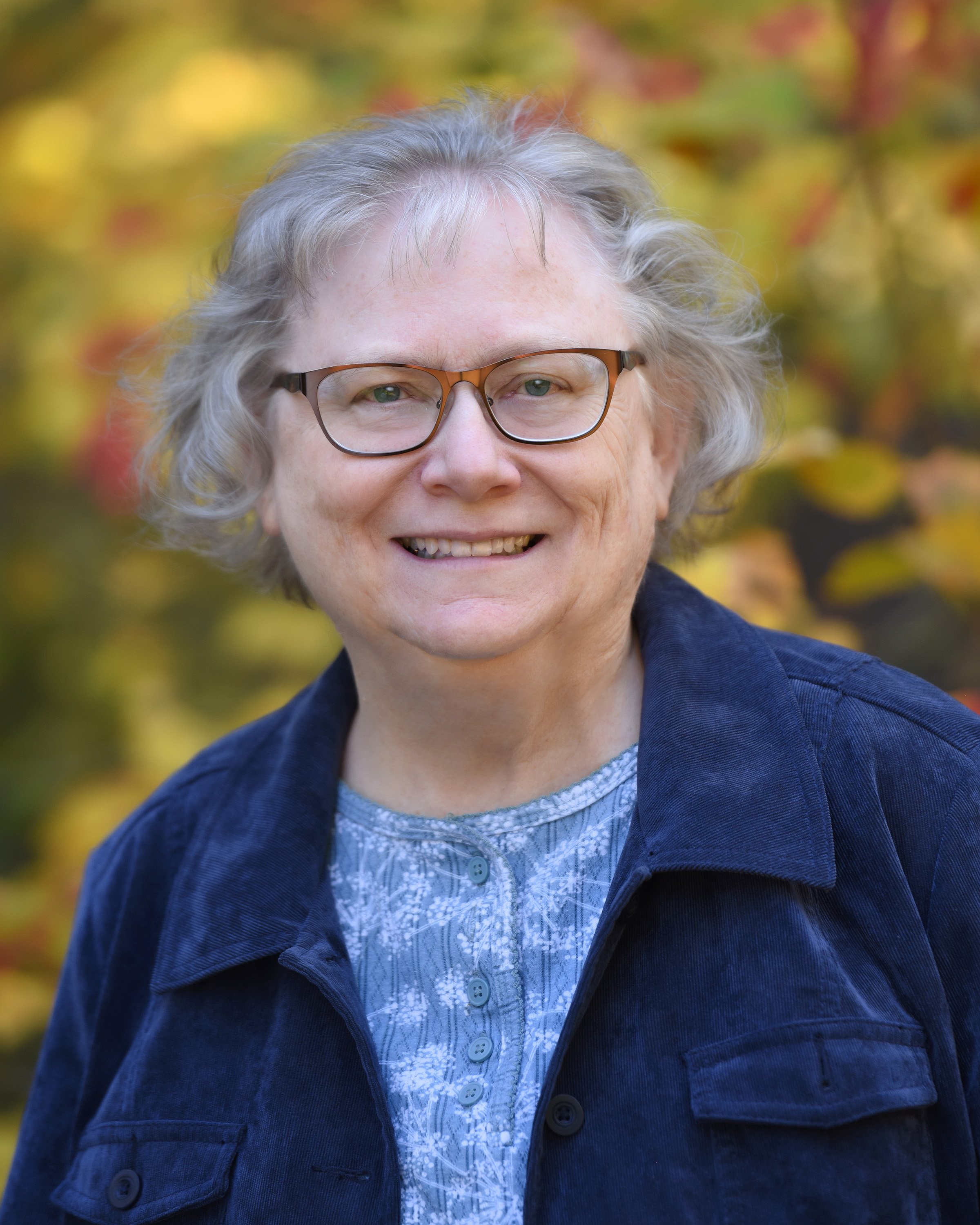 It is urban legend that I got my start doing human genealogy by tracing Thoroughbred horse pedigrees when I worked at Claiborne Farm in Kentucky in the early 1970s. I was already familiar with the five-generation pedigree chart before I got there, which was a great help as I typed (pre-computer days) the pedigrees for every horse on a farm with more than 1,000 horses. My boss, “Bull” Hancock, had a ring binder that held two half-page sheets of five-generation charts. The stallions’ sheets were in the top half of the binder and the mares’ sheets in the bottom half. When the time came to plan a mating, Bull could flip the sheets matching mares to stallions.
It is urban legend that I got my start doing human genealogy by tracing Thoroughbred horse pedigrees when I worked at Claiborne Farm in Kentucky in the early 1970s. I was already familiar with the five-generation pedigree chart before I got there, which was a great help as I typed (pre-computer days) the pedigrees for every horse on a farm with more than 1,000 horses. My boss, “Bull” Hancock, had a ring binder that held two half-page sheets of five-generation charts. The stallions’ sheets were in the top half of the binder and the mares’ sheets in the bottom half. When the time came to plan a mating, Bull could flip the sheets matching mares to stallions.
Actually, one doesn’t really “trace” a Thoroughbred pedigree (by the way that’s Thoroughbred with a capital “T”) because the breed has a closed pedigree book. This means that every Thoroughbred horse registered today must ultimately trace its ancestry back to one of three stallions imported to England in the seventeenth and early eighteenth centuries – the Byerley Turk (1680s), the Darley Arabian (1704), and the Godolphin Arabian (1729).
These exotic “hot blood” horses were bred to the local “cold” blood English horses and produced exceptional racing creatures. In the beginning any mare was acceptable and there were additional imported stallions, which kept the gene pool open, but about a century later the Stud Book (with a capital “S” and “B”) was closed to new blood. Very careful records, far exceeding any human genealogy, have been kept on these horses and today DNA tests are also used. It is all in a computer database now – real “push button” genealogy.
Very careful records, far exceeding any human genealogy, have been kept on these horses and today DNA tests are also used.
Thoroughbred breeders, of course, use their five generation charts a little differently than we humans do. They are trying to create a future offspring that can run faster and longer than any other horse. Except in those cultures where royal pedigrees are still followed, humans are not generally trying to breed children based on ancestors, although every published genealogy is a distant relative of a stud book. The American “melting-pot” is keeping our overall gene pool wide open.
For horses, though, inbreeding is a fact. Usually, the closest acceptable inbreeding is “4x4,” meaning that the same ancestor appears twice in the fourth generation (great-grandparents). Looking at a pedigree chart longer than five generations gets repetitive – one ancestor duplicated in the fourth generation means four ancestors duplicated in the fifth (that horse’s parents’ times 2), sixteen in the fifth (4x2x2), sixty-four in the sixth (16x2x2), and so forth. Multiple “4x4” or “5x5” crosses are common.
There is a whole industry based on advising a breeder how to choose the right mating for a mare. Thank goodness we human genealogists don’t have to deal with “nicks” – popular crosses of stallion lines with broodmare stallion lines (the most famous being Secretariat, who was a result of the then-popular Bold Ruler–Princequillo cross). Of course, genetics is far too complicated to be reduced to a nick or any other such theory, but breeders keep trying.
On the other hand, my boss, Bull Hancock, an industry giant responsible for some of the most successful race horses in his time and for pedigrees that still influence superior bloodlines today, was famous for his common sense, pragmatic approach: “Breed the best to the best and hope for the best.”
Share this:

About Alicia Crane Williams
Alicia Crane Williams, FASG, Lead Genealogist of Early Families of New England Study Project, has compiled and edited numerous important genealogical publications including The Mayflower Descendant and the Alden Family “Silver Book” Five Generations project of the Mayflower Society. Most recently, she is the author of the 2017 edition of The Babson Genealogy, 1606-2017, Descendants of Thomas and Isabel Babson who first arrived in Salem, Massachusetts, in 1637. Alicia has served as Historian of the Massachusetts Society of Mayflower Descendants, Assistant Historian General at the General Society of Mayflower Descendants, and as Genealogist of the Alden Kindred of America. She earned a bachelor’s degree from the University of Connecticut and a master’s degree in History from Northeastern University.View all posts by Alicia Crane Williams →